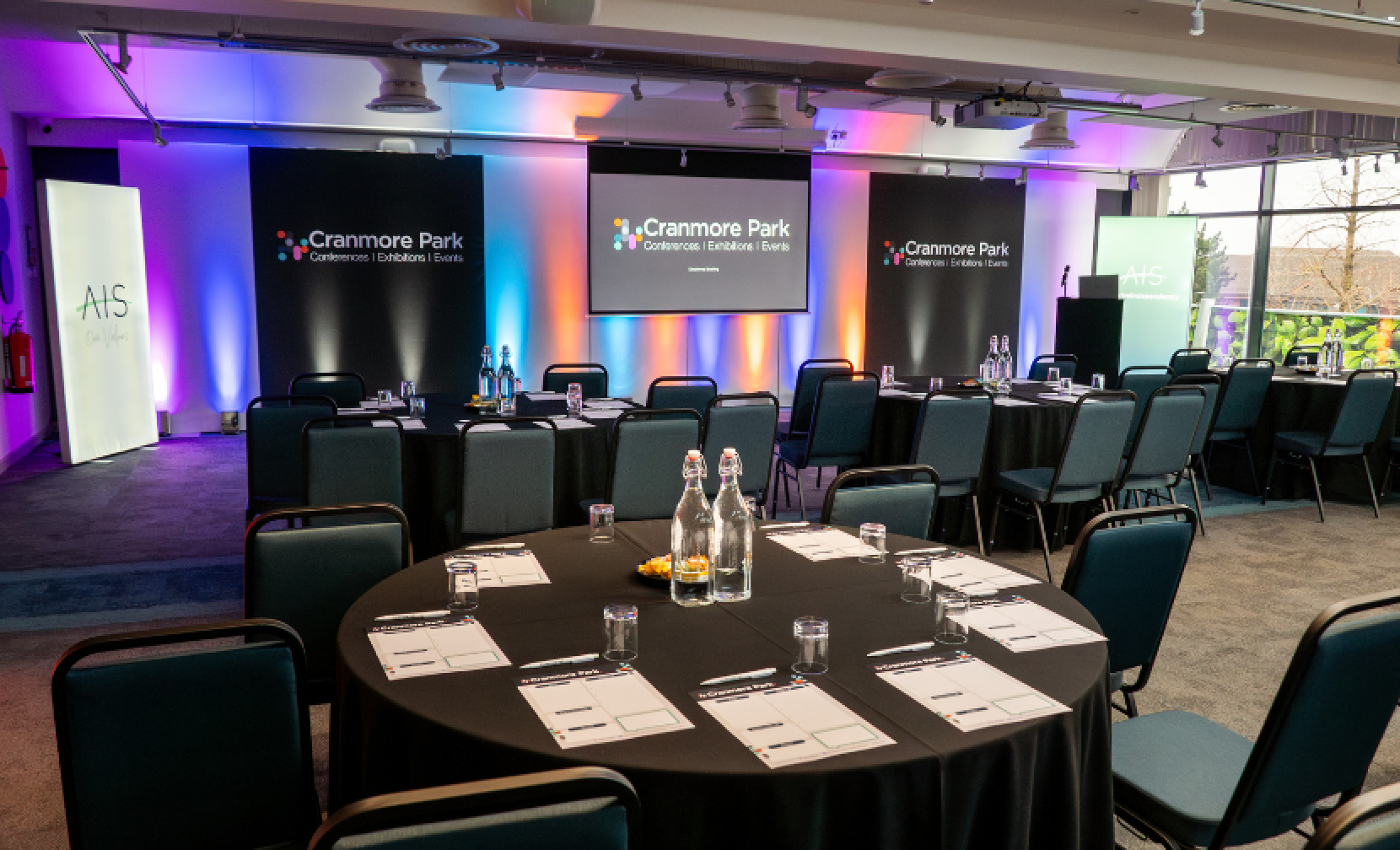6 steps to hosting a Hybrid Event in the UK | Blending in-person and virtual
17 Nov, 2025 - 5 min read

The rise of hybrid events can be linked to the changing culture within the workplace following the global pandemic. With working from home becoming increasingly popular, it is inevitable that this new way of working will impact the way we manage workplace situations and events – such as team meetings, conferences, and even trade shows.
Hybrid events allow you to reach a larger audience, as well as increasing your engagement and networking success. With hybrid events, those who could previously not attend due to travel or personal restrictions can now attend online, making the process easier for them, and your reach even greater. The ability to reach an audience that would have otherwise been unable to attend is a considerable advantage that’s just too good to miss.
Here are 6 tips to help you plan your next hybrid event:
Chose the right event format.
You need to consider the itinerary for your in-person and online audiences.
For larger events, such as a conferences or trade shows, decide if you’re going to run the same tasks and workshops simultaneously for both audiences, or if you’re going to segment the audience and run different workshops at different times.
A good example of aligning your content is having guest speakers at trade shows talk to both audiences at once, with a simple digital set-up to make the speaker ‘live’ to your at home audience.
For smaller events, such as meetings, consider if the same person presenting to both audiences at the same time is more or less beneficial than having two separate presenters for each audience.
Design engaging content for both audiences.
Content is key. Always tailor your content to suit your audience’s needs:
for conferences and workshops include a collaborative task,
for trade shows try to include a guest speaker panel, and for meetings, have visual aids for those who might need them.
Tailoring your content for a hybrid audience increases engagement across both audiences and reduces the risk of attendee fatigue.
This could mean sharing your visual aids on a screen for in-person audiences and on a Zoom or Teams call for online participants.
Always use tools to help keep your attendee’s engagement rate high. This could include live polls, hybrid contests, and joint breakout rooms to encourage networking.
Choose the right venue.
Choosing the right venue is important, as you need to accommodate both your audiences. While you might have already considered different venues that suit your in-person attendees, don’t forget to accommodate your online audience.
For your in-person segment, reflect on what venue would work best, considering the following points:
is the space large enough for all attendees to fit comfortably,
are there any additional spaces available to use as breakout rooms,
is the venue is easy to access, and,
does the venue have audio-visual equipment.
You want to make sure your event is comfortable for all to attend. Also, if you are planning a full day event, check if the venue provides any catering services, and if the available food options accommodate all your attendees’ needs.
For your digital audience, make sure your venue of choice has good internet and high standard audio-visual equipment. Without these, your engagement rate among attendees might start to falter.
If you’re planning a conference, make sure the equipment includes a camera and microphone so that both audiences can see and hear your speaker.
Create parallel experiences.
For all event types, you don’t want your virtual audience to feel like an afterthought. Always try to create similar experiences for both to make everyone feel included and to keep engagement high.
This could mean sending your online audience PDF versions of handouts you will be using, or hosting networking events simultaneously for both audiences.
If you’re hosting guest speakers at a trade show, make sure both audiences can contribute to the Q&A section at the end, this way your at-home audience will be engaged with the content.
Always do a test run.
A test run will help improve the professionalism of your hybrid event and make it appear more seamless.
Always test any technical equipment and streaming platforms before the event and work out any issues.
Make sure to follow-up.
Create a different follow-up technique for both attendee segments, so you can ensure you’re getting reliable feedback on content, engagement, and quality of the space (both virtual and in-person).
Invite your attendees to offer free-form feedback by asking for any comments, as well as sending out a poll or survey for some pre-determined questions.
Assessing the success of your event will allow you to build on this experience so you can make any necessary improvements.
Want to host your next hybrid event at Cranmore Park? Speak to one of our dedicated Event Managers today…


